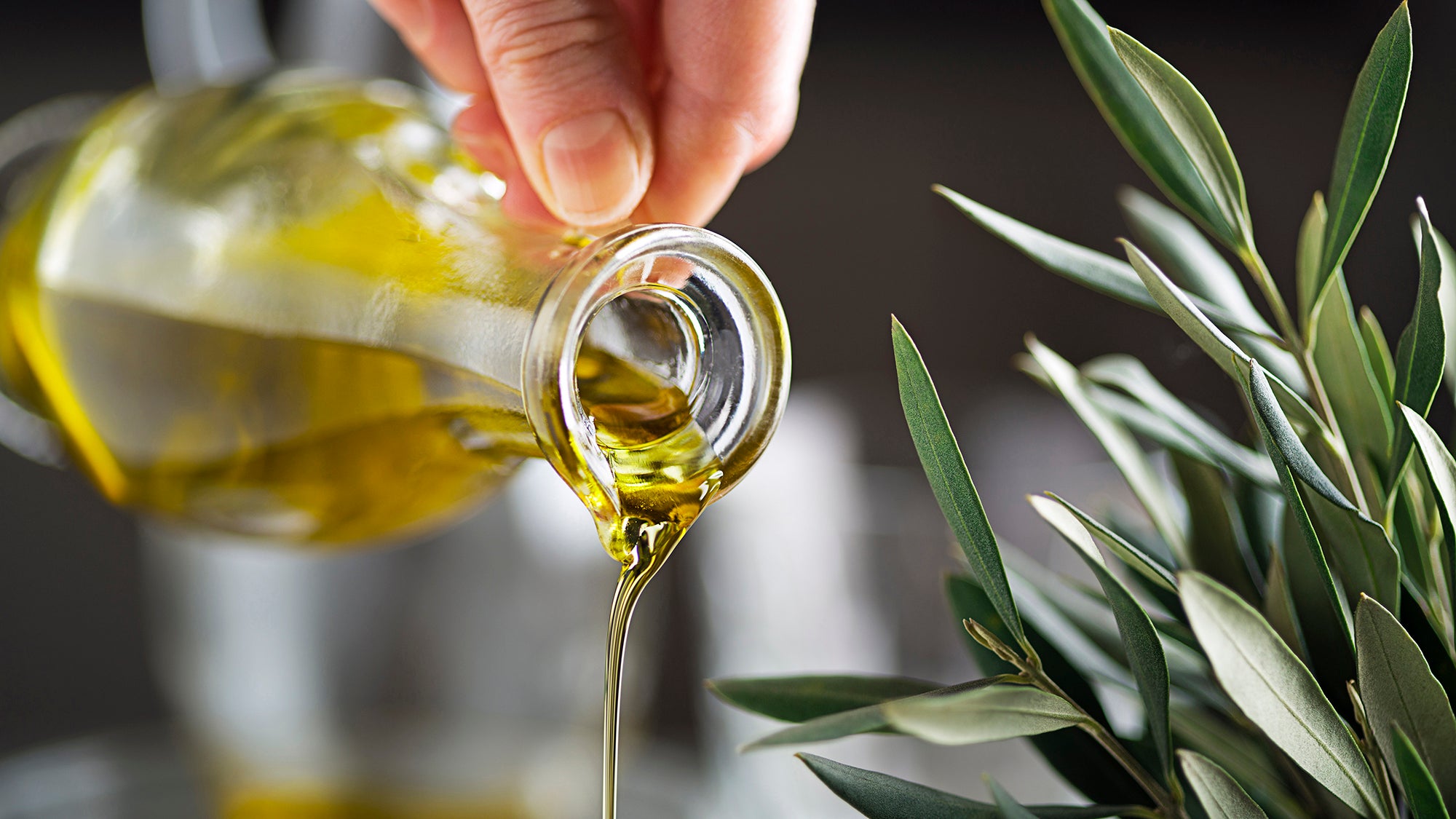Inflation is finally easing. Americans are paying less for gas than they were a year ago. Furniture, television, and airfare prices have all fallen since last summer. Even the used car market is cooling off after its meteoric rise. But one unsuspecting staple in many American kitchens has become a prominent outlier: olive oil. The price of the already pricey liquid fat has soared to a record high this summer.
It’s the latest chapter in the annals of heatflation—when scorching temperatures harm crops and push food prices up. A yearlong drought and a spring of extreme heat in Spain, the world’s largest olive oil producer, devastated the country’s olive groves. Spanish olive oil production fell by a half—from an estimated 1.3 million to 610,000 metric tons—over the past year. Now fears are mounting over the very real possibility that the country’s inventory will run out before the next harvest begins, in October.
“For Spaniards, this is a real crisis,” Bloomberg columnist Javier Bias recently wrote. “We generously coat our food in olive oil.”
It’s also a big deal for the rest of us, given that something like half of the world’s olive oil comes from Spain. As barrels run dry, cooks around the world are paying an almost unheard of premium for the nutty, liquid gold that makes lettuce more palatable and bread more nutritious. Worldwide, olive oil now costs $8,600 per metric ton, more than twice as much as it did a year ago and nearly 14 times more than crude oil. (It would set you back around $720 to fill up the typical car’s 12-gallon tank with olive oil found on Amazon.)
What’s happening is “not normal at all,” said Kyle Holland, a vegetable oils analyst at Mintec, a food market research firm. “It was just too hot and too dry for too long.”
Olive oil is one of many foods—one of many condiments, even—that are threatened by the severe and unpredictable weather brought on by climate change. As the global temperature ticks up, droughts are occurring more frequently, heat is getting harder for farmers to manage, and wildfires and floods are becoming more menacing to growers around the world. As a result, grocery store shelves aren’t getting stocked and food prices are going up. Ultra-dry conditions in Mexico have withered peppers, leading to a sriracha shortage in the United States. Record warming has decimated Georgia’s famed peaches, which require a few weeks of cool weather each winter to blossom. Ketchup, coffee, and wine all could end up on the chopping block, too.
Olive trees are no strangers to heat, and they don’t need much water compared to other crops, like tomatoes. Humans have been cultivating them in the Mediterranean’s warm climate—and crushing them for oil—for at least 6,000 years. But even hardy olives have their limits. Temperatures above 86 degrees Fahrenheit can impair their ability to convert sunlight into energy, and prolonged dry spells can keep them from producing shoots, buds, flowers, and fruit.
Growers in the Mediterranean, a region warming 20 percent faster than the rest of the world and the source of 95 percent of olive oil production, are especially vulnerab
